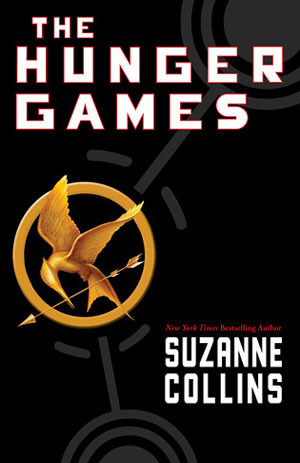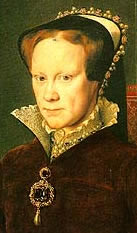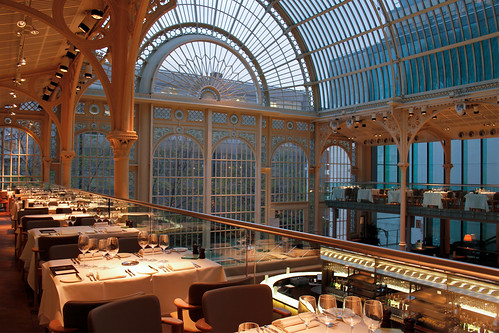"I don't quite understand what part of the Air Force you want to get into. You are I suppose over age to join the regular Air Force, but perhaps you have heard of some job as Observer where they take men over 30. Do you know of any specific job you are qualified for which they are taking men of your age?" [sic]
Then, three months later;
"I cannot understand what you want me to do. Your letters are so vague. It is no use saying you want a job in a thing. What job are you looking for?"
Betjemen was an early fan of Barry Humphries. Here is Sir Les Patterson's meeting with "Sir Benjamin":
43 Cloth Fair is another Landmark Trust property. Very shabby chic, none of the properties have televisions or radio but always have a bookcase packed with topical titles; in this case, books about London (some by Betjemen), London based novels (including Dickens, naturally), poetry and reference works. Wallpaper by William Morris, Georgian antiques and one of those odd hand-held showers which take a bit of getting used to. Here are some pics:
Next door is reputedly the oldest house in London, an Elizabethan place that won awards when it was refurbed in 2000. I found this great blog that has a whole article on Cloth Fair, called Medieval London.
We are very near the Barbican, a huge post-war development that combines an arts centre, two residential tower blocks and numerous smaller, but no less massive, residential buildings. The design is brutalist. When I first heard that term, I thought it very apt to describe the squat, brutal, menacing edifices I have come to associate with the word, such as the Sydney Uni Law School in Phillip Street and UTS on Broadway. The word brutalist actually derives from the French for raw concrete, béton brut; and the idea, to put it very briefly is to expose a structure's architectural elements. Anyway, I have always been mystified by the appeal of much brutalist architecture, believing it to be intellectual wankery. But up close, I am beginning to see the appeal of the Barbican. It would be wonderful to live in it-large windows, lovely private parklands, surrounded by walls like an old-fashioned medieval city.
| An ugly bit of the Barbican |
| Pretty bit. Lots of birdsong. |
















